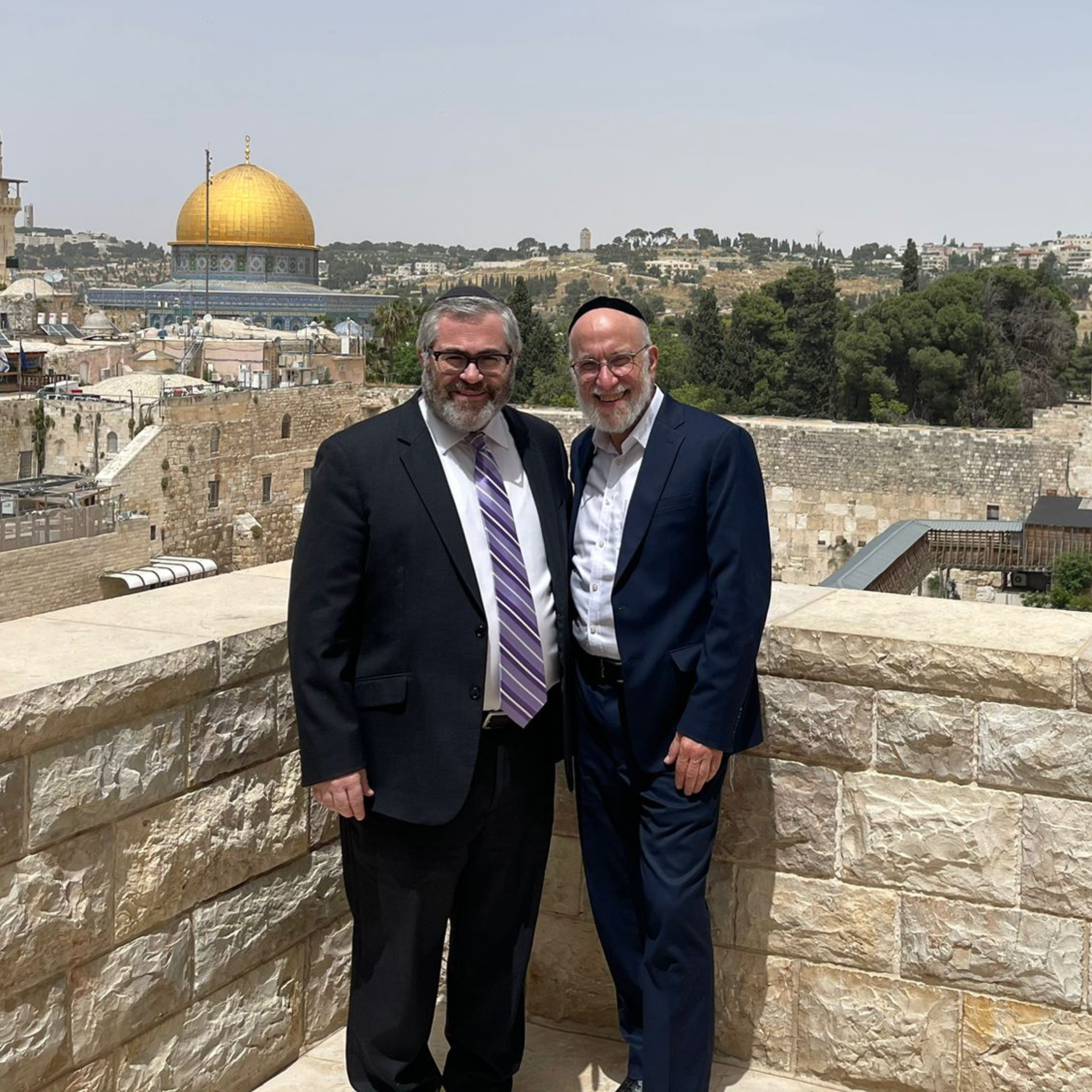
In the solemn corridors of the IDF Rabbinate, Lt. Col. Rabbi Professor Neria Gutel provides an insider’s view to the unit navigating the complex and emotional terrain of identifying fallen soldiers. Under the leadership of the Chief Military Rabbi Eyal Krim, his decision-making team shoulders the profound responsibility of identifying fallen soldiers and ensuring that each soldier is buried with the dignity he deserves.
Since October 7, the stakes have never been higher. Questions surrounding the accuracy of soldier identifications have been front and center. “The IDF Rabbinate is 100% accurate,” asserted Gutel. “Our system of checks and balances refines the identification process to prevent errors. We train rigorously, preparing ourselves for the unpredictability of war or disaster.”
As the head of the unit, Gutel oversees a team of experts from a wide variety of professions, including lawyers, forensic investigators, notaries, doctors, dentists and rabbinical judges. This diverse group ensures that decisions are valid from halachic, legal and public perspectives—leaving no room for even the slightest oversight.
One of the most poignant cases Gutel recalled involves a soldier from 1948, a man whose burial place remained a mystery for decades. His widow, now 96, tirelessly pushed for a resolution, insisting on placing a headstone on his grave to finally mark it as “known.”
“Representatives from the Missing Persons Unit investigated this case for 10 long years,” Gutel explained. “They gathered findings that included battle descriptions, descriptions of the battlefield evacuation, hospital records, metallic identification procedures and even ballistic tests. Finally, shortly before October 7, the IDF Rabbinate was able to make a definitive identification.” The media buzzed with the news: “After 75 years, an IDF fallen soldier whose burial place was unknown has been located—Private Dov (Berl) Broder, z”l.”

For Gutel, this case is more than a statistic—it’s a calling. “While it took 75 years to resolve, it only reinforces our mission: to ensure that such tragedies do not recur, God forbid. In this war we have achieved a 100% identification rate, thank God.”
Gutel’s commitment to this work is deeply personal. He lost his sister, Tami, to a terrorist attack in Jerusalem nearly 40 years ago. A suicide bomber detonated a device on the bus she was riding, and the identification process stretched agonizingly long—until just before the Sabbath. Only then did the funeral take place. This harrowing experience drives home the importance of completing identification processes as quickly as possible, though never at the cost of compromising on 100% verified identification.
For months after October 7, the IDF Rabbinate operated several decision-making teams working around the clock in grueling 12-hour shifts. The unit encountered burned bodies where fingerprints were impossible to obtain, and dental records were often inadequate. This necessitated extracting DNA, a process that takes about six hours. “The IDF Rabbinate thoroughly reviews the battle descriptions,” shared Gutel, “and if we have a finding that meets full halachic and legal standards, along with supporting evidence, we reach a decision.”
As the conversation unfolds, Gutel is keen to dispel any rumors about favoritism in the identification process. “We don’t prioritize any individual cases. We review each fallen soldier’s case in the order it arrives. The rich are not recognized before the poor; every soldier is sacred.”
In a world where each decision carries profound weight, the IDF Rabbinate remains steadfast in their mission. They are not just identifying the fallen; they are the nation’s emissaries to properly honor those who made the ultimate sacrifice.
Chaim Goldberg has semicha from RIETS and is completing a graduate degree in child clinical psychology at Hebrew University. From his home g in Jerusalem, Israel, he has written for Jewish Action, aish.com, Jewish Press, YU Torah-to-Go and Intermountain Jewish News.










